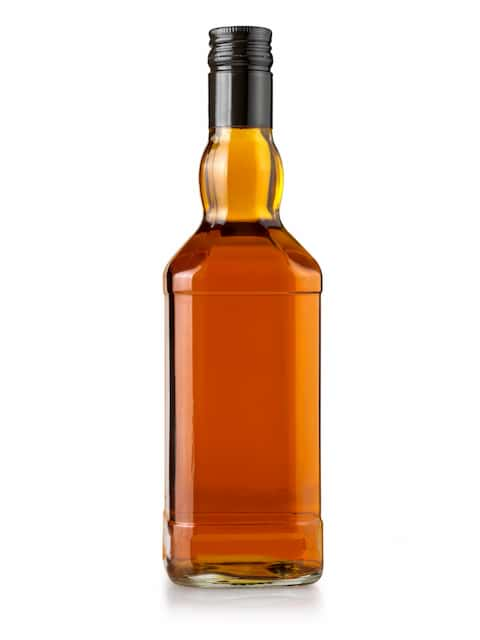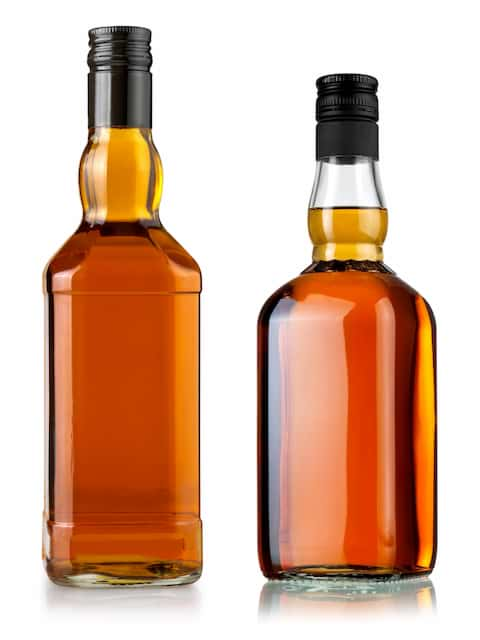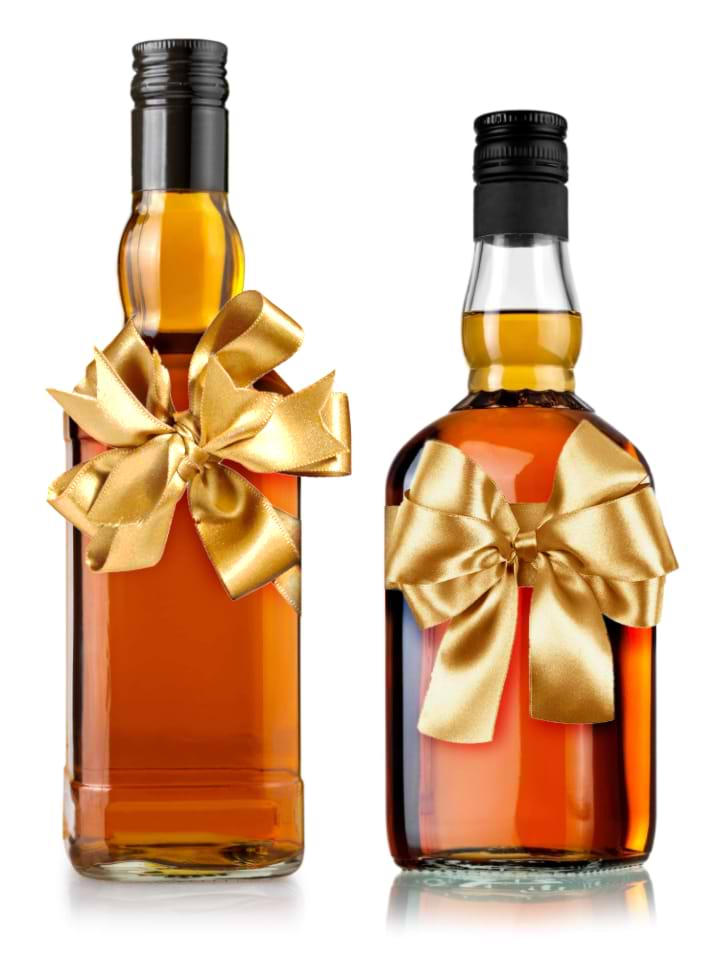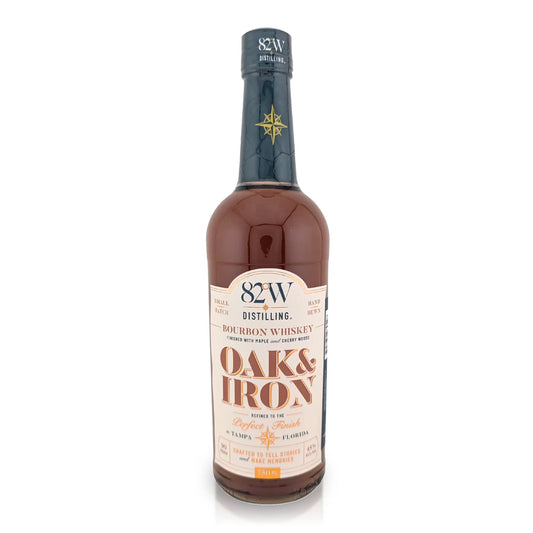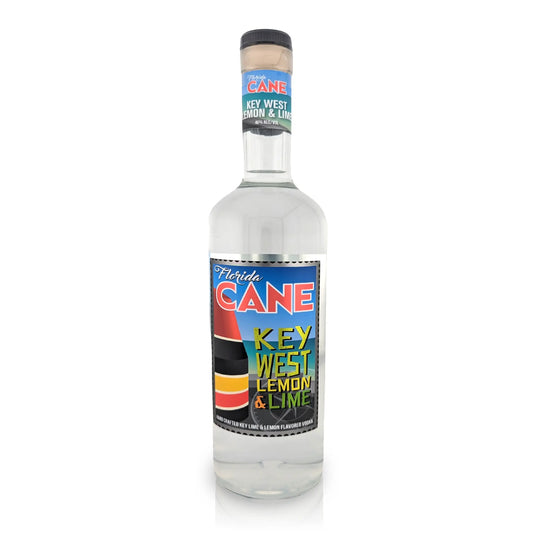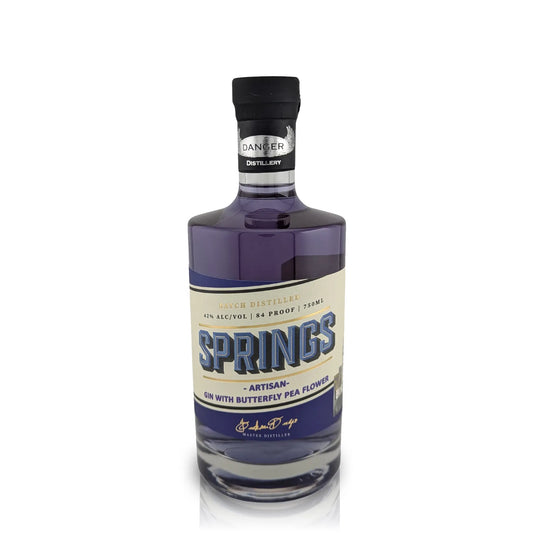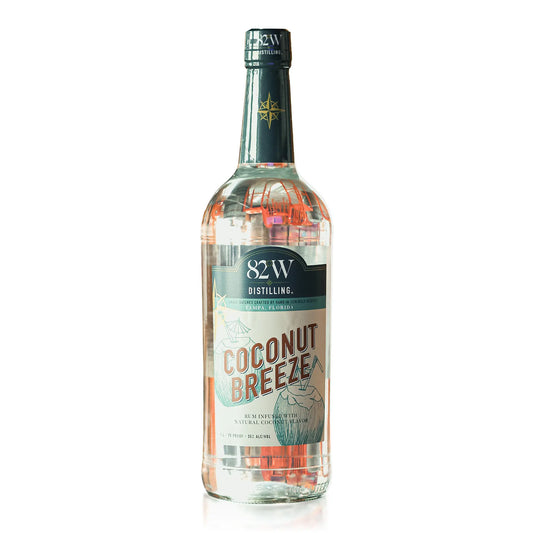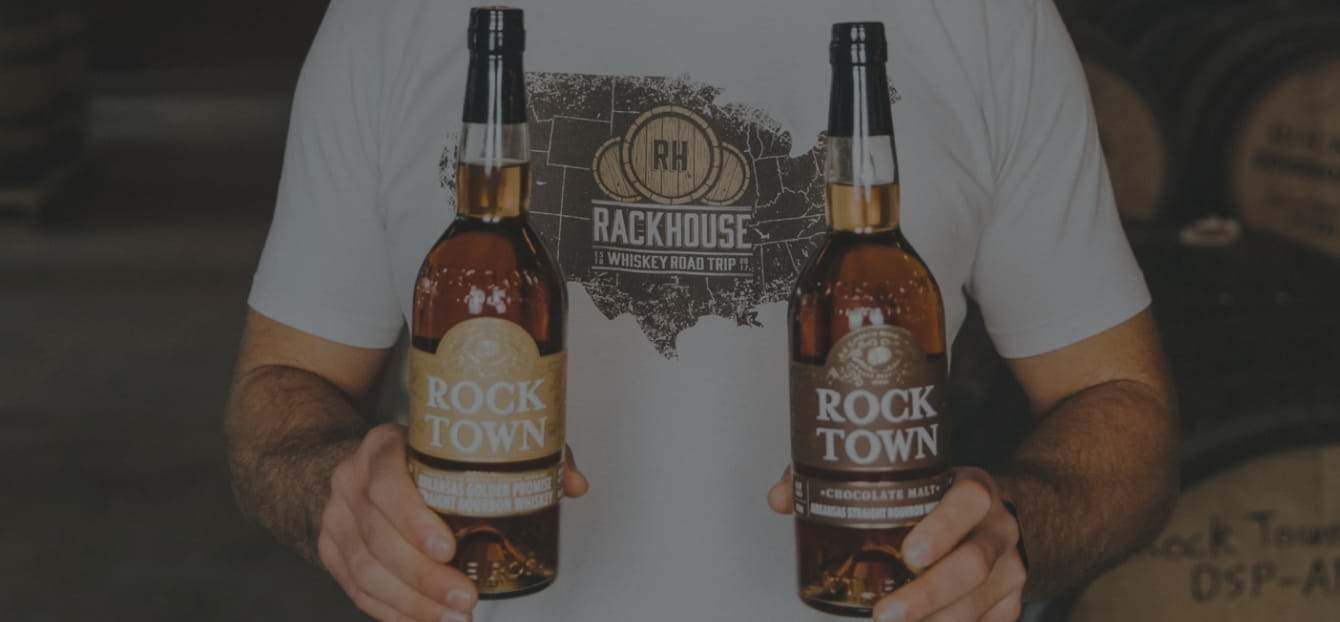
In 2019, we saw a record number for bourbon consumption. The Distilled Spirits Council reports Americans consumed an estimated $4 billion worth of whiskey. And the popularity doesn’t stop at just drinking. With the increased time at home, whiskey fans want to absorb as much knowledge as they can: they want to know what they are drinking, how it’s made, the different types and generally everything else they can to get the most out of their beloved booze. With the torrent of information out there, it’s easy for popular misconceptions to gain steam. Lew Bryson, the award-winning author and expert on all things whiskey, recently spoke to Forbes about the things even the most die-hard connoisseur gets wrong. Did any of these fool you?
Misconception 1: Bourbon is only made in Kentucky
Bryson says this is a big fat “no.” But, he says, in order for it to be labeled as “bourbon” in America, U.S. law says it must be made in the United States. Makes sense!
Misconception 2: Bourbon got its name from Bourbon County
Consider Bryson stumped. “Like so much else about Bourbon,” he says, “We don’t know. Yet. It may have been, or it may have been named for Bourbon Street in New Orleans, where so much of it was sold in the early years.”
Misconception 3: The minimum number of years Bourbon has to be aged is four
Interestingly, there is no minimum aging required for the U.S. definition of whiskey. There’s also no requirement for the type of oak that it’s stored in to be American. Regulation states it just needs to be stored in new, charred oak containers. “Presumably [storing] five seconds would be legal,” Bryson wryly states.
Misconception 4: Bourbon is “whiskey” and not “whisky”
Turns out, it just boils down to a preference in spelling. “Maker’s Mark, for instance, is definitely bourbon but chooses to put whisky on the label. In fact, the federal regulation that outlines how bourbon should be made uses the whisky spelling. While Bourbon is different from Scotch, it’s not because of the spelling,” Bryson adds.
Misconception 5: Jack Daniel’s is NOT bourbon
Bryson says this argument has the potential to get people kicked out of bars, including him! “Jack Daniel’s is made exactly to the standards of bourbon,” he explains. “But it’s also charcoal filtered before aging (common for bourbon). But the label says Tennessee Whiskey, not bourbon. Which was all I tried to tell the bartender, but when his girlfriend agreed with me, well, that’s when he threw me out.”
Misconception 6: “Straight bourbon” is undiluted
This is another confusing one according to Bryson. The standards of identity don’t allow any color or flavor to be added to bourbon, period. So when a whiskey label says “straight,” it means the whiskey in that bottle was stored in a new, charred oak barrel for at least two years.
Misconception 7: Like a fine wine, bourbon is better with age
This answer … is up to you. Aging does change whiskey which means some people like the changes and others don’t. It’s entirely up to your individual taste preferences and palate. “Older bourbon is more expensive,” Bryson cautions. “Because there is much less of it, partly because whiskey evaporates from the barrel as it ages – but that doesn’t automatically make it better.”
Misconception 8: The stories involving the origin of Bourbon are all true
“They’re almost all untrue,” Bryson laughs. “No one person invented Bourbon. The use of charred oak probably came from cognac practices, corn was used because it was markedly more productive than other grains and bourbon distilling was influenced by both Scots-Irish and central European traditions.”
Misconception 9: Single malt Scotch is better
Overall, Bryson says this is hard to prove. “That’s completely subjective, i.e., snobbery,” he says. Compared with the requirements of making single malt (all malt, pot stills, at least three years old, all from one distillery, etc.), he says bottled in bond bourbon is even tougher to make. “All bourbon in a bonded whiskey has to come from the same distillery, be made in the same distilling season (two per year), under the supervision of the same distiller, be a minimum of four years old and bottled at 100 proof.”
There’s no misconception about it, RackHouse Whiskey Club is the best craft whiskey club in America. If you’re looking for an easy way to be introduced to and find unique types of craft whiskey, check out RackHouse Whiskey Club. RackHouse scours the U.S. looking for the best distilleries with the most interesting stories to curate a unique subscription box filled with full-sized bottles of hard-to-find small batch whiskey. We’re building a community of premium craft whiskey drinkers and you’re invited. Join us!


